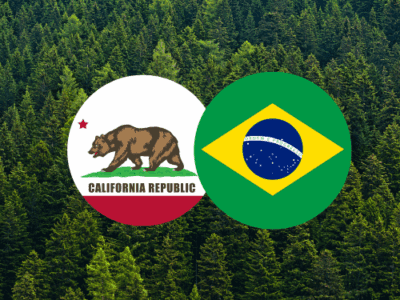Environmental Property Rights (Part III)
An environmental property right (EPR) can be defined as an enforceable interest deriving from an environmental asset such as air quality or an undisturbed forest. EPRs are diverse and varied. Most EPRs are derived from statute rather than the common law, and many are of recent vintage. Some EPRs are marketable; others are not.
Fundamentally, environmental property rights fall into major two categories. Some involve the power to prevent a third-party from impairing the environment. Others are created when an owner foregoes the right to exploit an environmental asset; the owner can then transfer that right to the owner of some other property. These seem very different from each other: one kind of property right gives someone to protect the environment; the other gives someone the right to harm the environment. But the two kinds of rights are more similar than they may seem.
Both kinds of EPRs are designed to promote environmental protection. This is most obvious in terms of preservation EPRs. But it is also true of impairment EPRs because an EPR caps the total amount of environmental impairment.
The two kinds of rights can be considered different sides of the same coin. There is no difference between capping private water rights at fifty percent of a river or holding that the other fifty percent is reserved for stream flow. Any EPR regime will allow some degree of environmental impairment and give the government or citizens a right to block anything over the limit – the only difference between the two types of regimes is which side of this duality is labeled as a “property interest.” Essentially, a cap on impairment rights marks out the permitted range of privately controlled use of a resource, while the public owns the remainder.
Next in the series: how EPRs can help nudge constitutional doctrines in the right direction.
Reader Comments
One Reply to “Environmental Property Rights (Part III)”
Comments are closed.







What ever happened to that constitutional referendum in Ecuador a couple years ago granting rights to nature? A forest has an intrinsic right to exist, similarly for the animals of the forest, etc.
A radical way–seems more Native American than Western–way of thinking about these things.